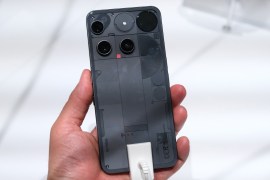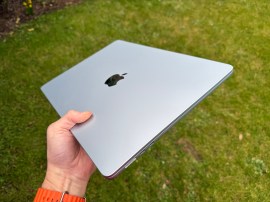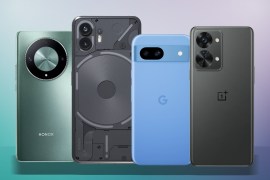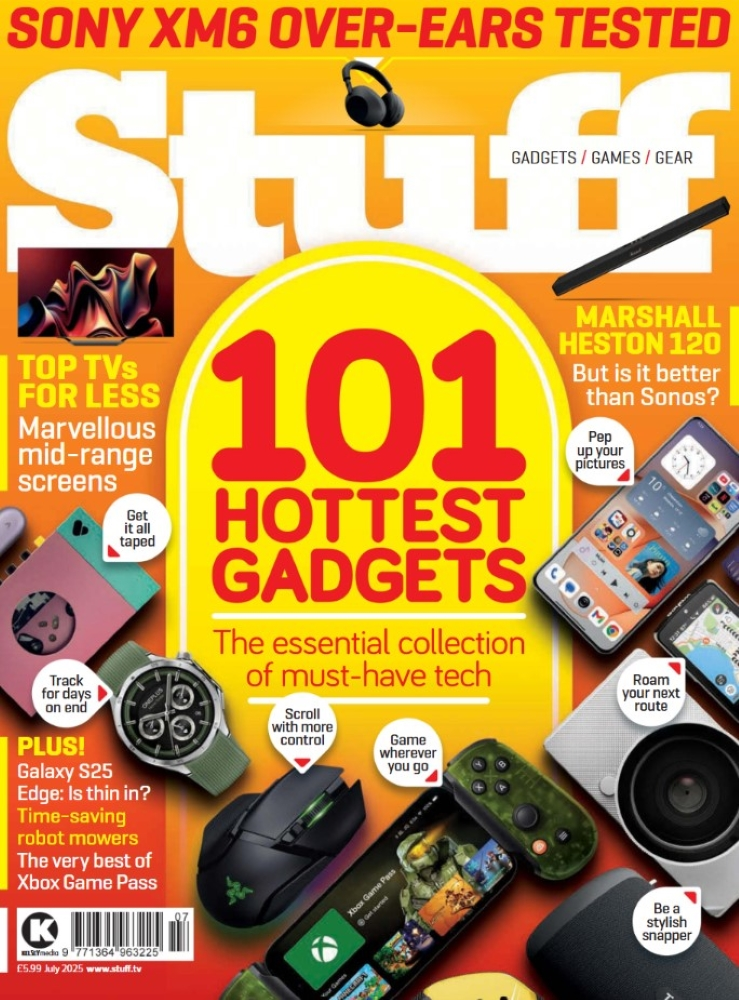Best upcoming phones for 2025: find your next phone!
Flagships, foldables, midrangers and affordable models - there's an upcoming phone for all budgets
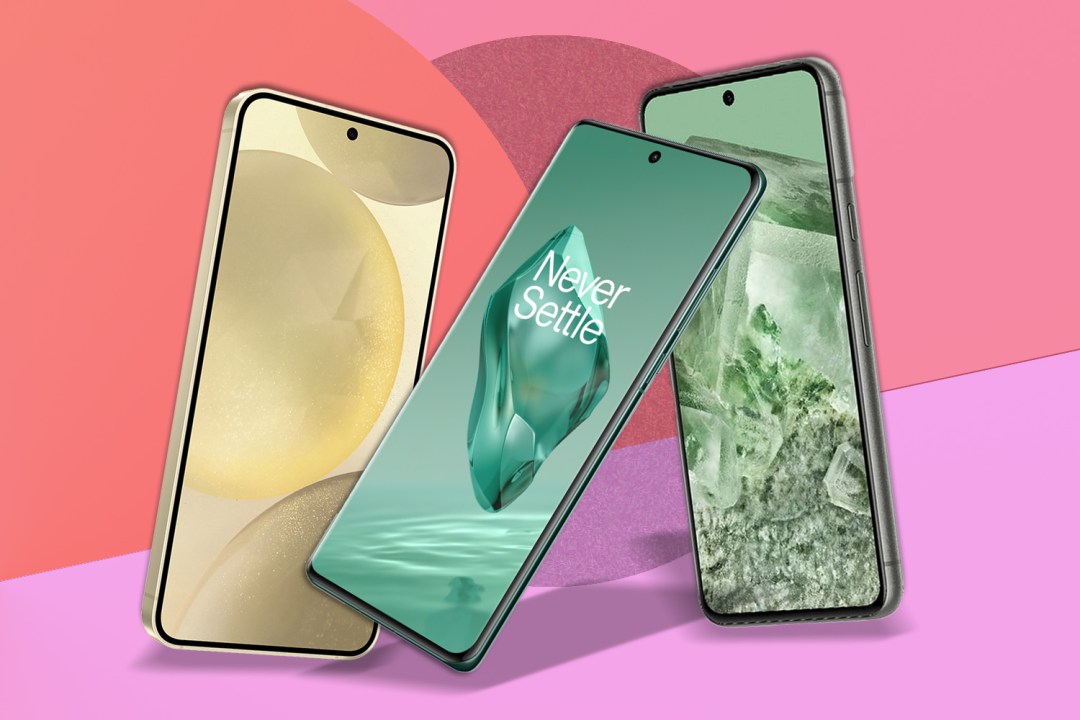
There’s never a shortage of new upcoming phones to get excited about: from flagships to foldables and clamshells to cameraphones, something shiny is out there looking to tempt you away from the handset that’s called your trouser pocket home for the last year or two.
We’ve listed all the major upcoming phones due to land over the next twelve months below. That includes confirmed releases, ones that have debuted in China ahead of a Western release, and rumoured reveals, so you can start working on your shortlist – and saving your pennies. Read on for what to expect in terms of specs, camera capabilities and software smarts – and for some added context, check out the summary of every major smartphone announcement from recent months, with links to our review of the biggest hitters.
Only care about phones you can buy right now? Read our guide to the best smartphones on sale today.
All the best upcoming phones we’re expecting soon
Samsung Galaxy Z Fold7 and Z Flip7
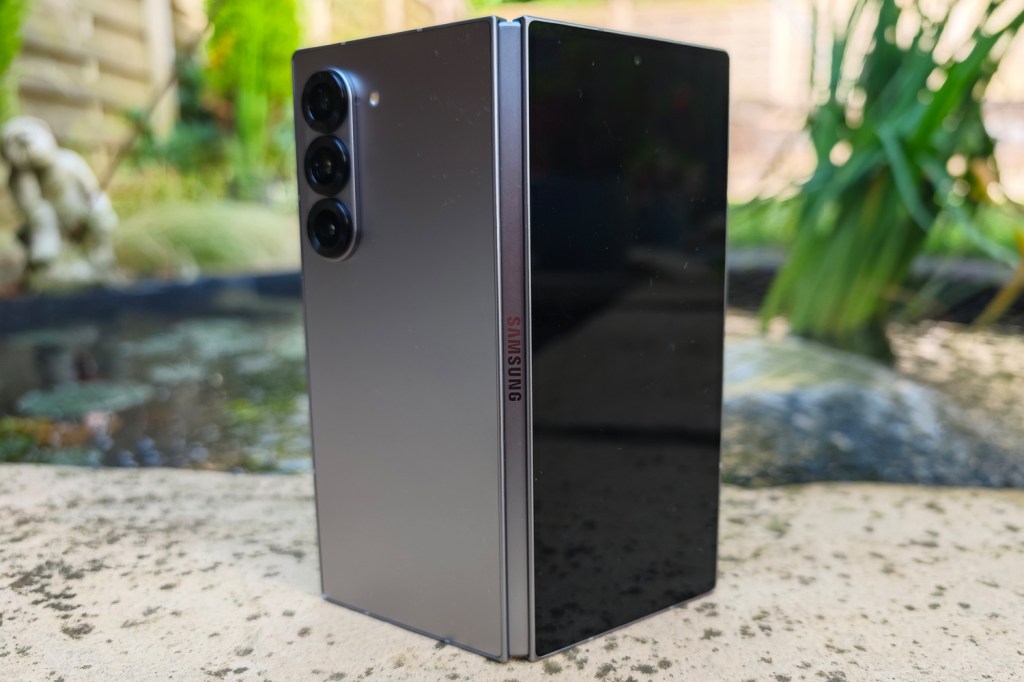
With the Galaxy S25 Edge (above) seemingly doing its own thing, we can expect sequels to Samsung’s two folding phones to drop around July. The Z Fold7 may inherit the slimmer dimensions of the Korea-only Z Fold Special Edition, and possibly its larger, wider screens. It’s something Samsung has been slow on, while rivals make their book-style foldables a lot more usable as phones.
The Z Flip7 will likely stay very close to the current Z Flip6, given it has so little Western competition. Motorola might have done enough to muscle in on Samsung’s territory, though, so there’s still time for the firm to impress with some much-needed camera upgrades. Snapdragon power seems guaranteed, and hopefully charging speeds will improve, though battery capacities are unlikely to change until Samsung adopts Silicon-carbide tech.
Nothing Phone 3
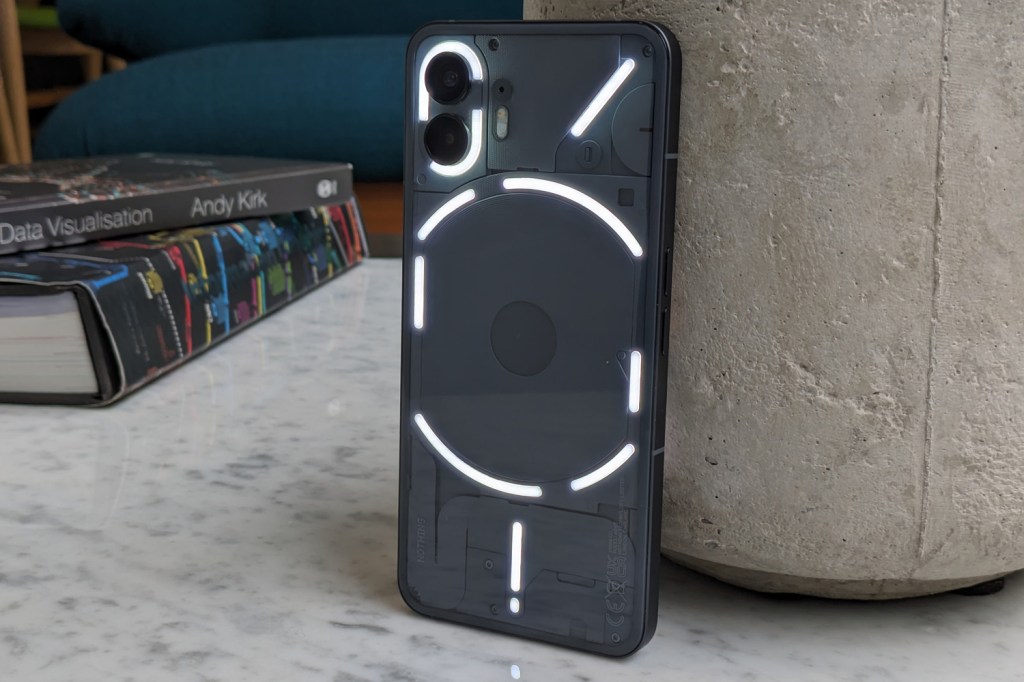
One of the upcoming phones I’m genuinely most excited about, Nothing’s long-awaited flagship is finally set to debut later this year. The design-led firm is known for its unique glyph lighting, fondness for transparency, and minimal widget-based Android skin, but until now its handsets have been focused on the affordable end of the spectrum.
A first true flagship will almost certainly get a top-end Snapdragon chipset, big battery, sizeable OLED screen and three rear cameras. Founder Carl Pei has confirmed we’ll see it in the coming months, and even held up a prototype (digitally obscured) in a recent teaser video. Previously he hinted at “breakthrough innovations in user interface” and a focus on AI features, to help complete with the likes of Samsung and Google at the high end. A new version of Nothing OS (complete with extra widgets) seems like a given, as does a new take on the glyph LEDs.
Until it appears, the Nothing Phone 2 remains the firm’s top offering – and can be had for mid-range money:
Honor Magic V5

Honor has a reputation to maintain. Oppo recently usurped it as maker of the slimmest foldable phone, but its Find N5 never saw global availability; the widely expected Honor Magic V5 should see a much wider rollout, and could go even thinner again. The firm will almost certainly jump straight from V3 to V5, as Chinese brands traditionally avoid the ‘unlucky’ number four, and a July launch seems to be on the cards – at least on home soil.
Traditionally Honor then waits until September to bring its foldables to a global audience, but there’s a chance it could bring things forward to better compete with Samsung’s Z Fold7. So far the only leaks have suggested a high capacity 5950mAh battery. A top-tier Snapdragon chip seems guaranteed, though, and hopefully Honor will manage to dilute the excellent cameras from its Magic 7 Pro flagship down a little for its book-style brother.
Until then, the Magic V3 remains the slimmest foldable phone on sale in Europe – and it can be had for considerably less than its launch price:
Google pixel 10 series

August is looking busy for Google’s hardware division, with a mainstream Pixel 10 model, two flavours of Pro Pixel and a Fold for good measure all expected. The current rumours suggest a very similar design to the current-gen Pixel 9, with early leaked cases showing the rounded camera bar isn’t going anywhere. Screen sizes should stay the same too.
A Tensor G5 chipset will likely be the biggest change, with reports suggesting it’ll be made from scratch rather than based on a Samsung design. That could mean good things for battery life, performance and AI ability if Google and manufacturing partner TSMC get it right. Google doesn’t seem to be getting on the silicon-carbide battery train just yet either, so capacities will likely stay the same as this year. Camera upgrades are always welcome, and the rumour mill has swung wildly as to what we can expect: some say no changes at all, others are talking all-new sensors. I think it’ll fall somewhere in the middle.
Apple iPhone 17 Air

The thinness wars should escalate in September, when Apple is expected to launch a new iPhone 17 Air alongside annual updates to its more familiar iPhone models. We’ve seen a fair few mockups and CAD renders of the Air, which looks considerably skinnier than the iPhone 17 Pro models also doing the rounds. It will apparently get a 120Hz ProMotion display, a single 48MP rear camera, and an Apple A19 chipset.
The most exciting news is that the firm will reportedly use a higher density battery than you’d expect for the size of the phone, which sounds an awful lot like silicon-carbide tech to us. That could mean significantly longer time spent away from the mains, though we’ll have to wait until the 9th of September (the most likely date for a reveal currently) to find out.
Latest smartphone releases
The new wave of ‘thin’ phones is surely on the way, now that Samsung has unleashed its debut effort. The S25 Edge is a svelte 5.8mm thick and weighs just 163g – impressive figures given it has a huge 6.7in screen, and a powerful snapdragon 8 Elite chipset underneath. Samsung had to compromise somewhere, so you get two rear cameras instead of three – but the lead is a 200MP unit capable of clean and colourful snaps. The battery is the biggest weak point, struggling to last all day on a single charge. But if you value slimness, there’s little else like it.
The new gold standard for sub-$500/£500 Android phones, the Pixel 9a is everything we’ve come to expect from Google’s more affordable handset. The sleek redesign makes it look like a pricier phone (even if the bulbous camera bump means you won’t mistake it for a Pixel 9 Pro) and the cameras themselves are top performers for the money. Add on Gemini smarts and a long-lasting battery and you’ve got to try very hard to get more phone for less money.
Nothing Phone 3a and Phone 3a Pro
Nothing kicked off its third phone generation with the ultra-affordable Phone 3a and its Pro bigger brother. The regular model is an evolution on last year’s 2a, with one more rear camera, a return to Snapdragon power and a new Essential Space that uses AI to organise your screenshots and voice notes. Very gen alpha. The Pro goes one better with a periscope telephoto lens, but if you rarely reach for your camera’s zoom button, the extra cost may not be worth it.
The sequel to one of 2024’s best camera phones pushes the hardware envelope even further, with a 1in lead snapper and two high pixel count zoom lenses. Leica lenses and colour science make it a dream to shoot with in all lighting conditions, and the optional Photography Kit has gotten better too. Specs are equally top-tier everywhere else, with a big battery, Snapdragon 8 Elite power, and the latest version of Xiaomi’s HyperOS software.
After three generations of SE, Apple has taken its most affordable phone more upmarket – and made it a little less affordable in the process. The 16e gets impressively close to the regular iPhone 16, with a 6.1in OLED screen, A18 chip and 48MP rear camera. It sticks with a notch instead of dynamic island, and doesn’t support Magsafe accessories, but you’re otherwise getting the full iOS experience, including Apple Intelligence.
Samsung’s latest non-folding flagship isn’t a ground-up reworking of its predecessor, but does add a few nice-to-haves like a speedy Snapdragon 8 Elite for Galaxy chipset, new 50MP ultrawide snapper with macro shooting smarts, and a flatter, curvier design more in keeping with the rest of the S25 range. The firm has focused more on software this year, integrating Galaxy AI across Android and borrowing some Gemini skills from Google. S23 Ultra and S24 Ultra owners really won’t need to think about upgrading, but for anyone with an older handset this has everything but the kitchen sink.
You’ll really have to look hard to spot the differences between this year’s mainstream Galaxy models and last year’s. A few mild design tweaks and some new colours are basically all you get on the outside, while underneath there’s a new Snapdragon 8 Elite for Galaxy chipset and more RAM for the S25. The smaller of the two remains the de facto choice for a compact flagship, though, with great cameras, a gorgeous screen and sensible asking price.
Slick styling, a top tier screen and wicked performance should be a given for any Honor flagship. The Magic 7 Pro also goes big on photography, of course – but its the Ai-infused super zoom abilities that set it apart from rivals. It’s one of few Android phones with secure facial recognition, and the MagicOS skin has some very clever multitasking tools. It’s a left field choice, perhaps, but one that’ll impress you just about everywhere.
An impressive refinement on what was already a capable ‘flagship killer’, even if the price continues to climb that little bit closer to premium territory. The OnePlus 13 has top-tier performance, a huge battery, modern styling and an impressive set of rear cameras. There are really no flaws to speak of, making it a true alternative to the likes of Samsung and Google.
The first Snapdragon 8 Elite smartphone to make its way to Western audiences, the ROG Phone 9 Pro doesn’t skimp on performance one iota. Revised cooling and oodles of RAM give it the edge in games, while the built-in air triggers keep the OLED screen free of onscreen controls. The somewhat subtle styling of the outgoing phone returns (just with fancier AniMe Vision LEDs on the rear) and it remains one of the best gaming phones for photography.
The Find X8 Pro is a triumphant return to Western markets for Oppo. The photography-first flagship delivers fantastic stills and video, courtesy of four 50MP rear snappers – two of which are telephotos – and Hasselblad colour science. MediaTek Dimensity 9400 power gives it a real edge in games, and battery life is superb too. It’s priced keenly to compete with the best Samsung and Google to have to offer, so if you’re not a brand snob it’s a fantastic way to get some high-end hardware in your pocket.
Apple iPhone 16 and iPhone 16 Plus
A revised rear camera bump, Action button and new Camera Control touch surface mark the iPhone 16 out as one of the bigger upgrades to Apple’s mainstream model in recent years. New, more vibrant colours are on offer, and performance has taken another step up. Apple Intelligence is now on board, too, after being MIA at launch.
Apple iPhone 16 Pro and Pro Max
This year’s flagship iPhones go even bigger, with 6.3in and 6.9in screens. They get the same Camera Control button as the vanilla iPhone 16, alongside the returning Action Button, and are still made from titanium. There are some decent camera upgrades, with both models now getting the 5x periscope zoom.
Honor’s latest book-style foldable is as thin as it gets, measuring a barely-there 4.4m when unfolded. No other rival comes close, at least here in the West where folding options are still thin on the ground. It’s a flagship through-and-through, with Snapdragon 8 Gen 3 CPU, a set of high quality cameras, and a beefy enough battery to comfortably last all day.
Google’s mainstream flagship has been updated with fresh duds, including a new take on the distinctive camera bar. It sticks with two rear cameras and a 6.3in screen, but makes the leap to Tensor G4 power and 12GB of RAM, which should help it stay speedy for the sorts of Gemini AI-accelerated tasks the firm reckons will be all the rage this year. It’s a harder sell now Google also has a compact Pro variant, though…
Google Pixel 9 Pro / Pixel 9 Pro XL
For the first time, Google is offering its non-folding flagship in two screen sizes. The Pixel 9 Pro has a 6.3in screen, matching the vanilla Pixel 9, while the Pixel 9 Pro XL gets a 6.8in panel. Both have a majorly revised design – which is admittedly Apple-esque from the sides – but stand out with chunky camera bars containing a trio of sensors. They’re packing Tensor G4 chipsets, 16GB of RAM and enough battery for ‘all day use’, along with Gemini AI smarts.
A huge year-on-year upgrade for Google’s folding flagship, the Pixel 9 Pro Fold is a lot more than a simple name change. It shares its styling with the rest of the Pixel 9 generation, with a 6.3in outer screen and 8in inner panel (that finally folds completely flat). Three rear cameras, Tensor G4 silicon and ‘all day’ battery life make the cut, as do some fold-specific software additions. It’s pricey, but gives the Galaxy Z Fold6 some serious competition in territories where Chinese foldables aren’t readily available.
Finally closes the gap between Samsung’s foldable phones and the more mainstream Galaxy S series, with a potent Snapdragon 8 Gen 3 for Galaxy chipset, larger 4000mAh battery, and 50MP main camera sensor. The styling has been streamlined and the software upgraded, so while the cover screen hasn’t grown at all (and you still can’t run any app you like on it without some power tool workaround) it’s more usable than ever.
The world’s most popular book-style foldable has slimmed down a teeny tiny bit for its sixth generation. Shorter but wider dimensions add 1mm to the outer screen and 2mm to the inner one. The frame has been flattened and given a matte finish to better mimic the Galaxy S24 Ultra. Inside there’s a Snapdragon 8 Gen 3 for Galaxy chipset and extra large vapor chamber to keep it cool. A similar trio of cameras and same battery capacity as last year mean this foldable is all about the software, with lots of Galaxy AI additions.
Are upcoming phones worth the wait?
The latest tech is usually the greatest, so buying new guarantees you’re getting the fastest processors, biggest batteries and most capable cameras. But you’ll also pay a premium for them. Sticking with the current generation can save you quite a lot of cash, especially if you wait until a successor is imminent.
Depending on the brand, you might find there’s very little difference between old and new. The Samsung Galaxy S25 series, for instance, only really gained a new CPU and some mild design tweaks – the other changes were all on the software side. And when that software will eventually get ported to older handsets, the $100s/£100s you’d save by buying a Galaxy S24 could be significant.
What should I do with my old phone?
Unless you started saving for your current phone’s replacement as soon as you got it out of the box, the best way to lower the cost of entry is to trade it in – either directly with the manufacturer, or a third-party store or website. Most brands step up their trade-in offers around new launches as an incentive to get you to upgrade sooner than you otherwise might. These can make it cheaper than shopping at a third-party retailer, even after discounts and contract offers kick in.
No trade-in offers available? There are plenty of websites and high street stores that will buy your phone from you (as well as your other tech). Then there are online marketplaces like eBay; you may get more money for your items here, but creating a listing takes more effort.
Keeping the original packaging, ensuring the phone is damage-free, and supplying all the bundled accessories are the best ways to ensure you’re getting the most money back when selling.

